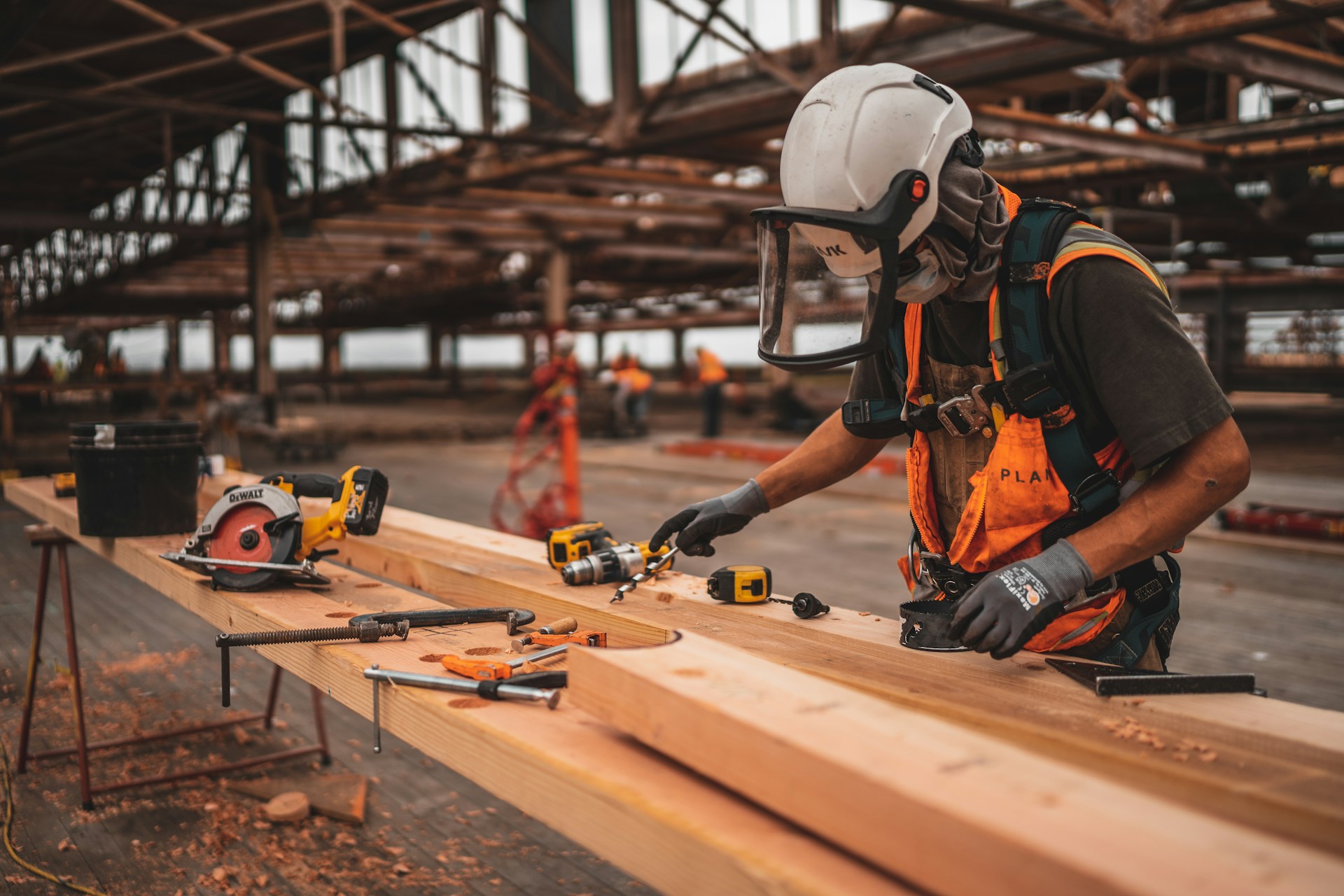
Digital Construction Is the Future of the Industry
August 27, 2020 - Emily Newton
Revolutionized is reader-supported. When you buy through links on our site, we may earn an affiliate commission. Learn more here.
The world today is in the middle of a new industrial revolution, one driven by digital technologies. The construction sector is one of the best examples of this shift. You may not immediately think of this industry when it comes to tech, but new construction technology is making its mark here.
As people have grown accustomed to the speed and convenience of the digital age, it’s caused a shift in industry. People expect businesses to offer the same levels of performance as their smartphones and other tech. Construction has had to evolve to keep up with the pace of modern life.
You may hear this new age in the industry called “digital construction.” Here’s a closer look at what that means and how it’s helping construction companies.
What Is Digital Construction?
Digital construction is a rather general term that covers a lot of different movements in the industry. Ask 10 people what it is, and you’ll get 10 different answers, but the general idea remains the same. It’s the trend of improving the sector by using digital tools and services.
If that sounds kind of open-ended, that’s because it is. This shift can look entirely different from place to place and even company to company. McKinsey organizes it into five categories that may make it easier to comprehend:
- Digital surveying and geolocation tools
- High-tech building information modeling (BIM)
- Digital collaboration
- The Internet of Things (IoT) and data analytics
- Advanced design and construction
The tools involved in this process can be everyday devices like smartphones or more advanced technologies like robots. Whatever they look like, they all help construction companies do their job better in any area. Here’s a glimpse at a few.
Increasing Collaboration
Like in any kind of business, construction works better when everyone works together. This industry is a time-sensitive. People need to be able to communicate clearly and quickly. For that, a lot of companies use services you might have encountered before.
Video conferencing tools like Zoom or Google Hangouts let people meet without having to travel. Workers can even share digital plans over these services. That way, they can refine projects, send updates and resolve any problems much faster.
You can see this trend in nearly every sector, not just in building. The global collaboration software market is an almost $12 billion industry, and it keeps rising. Construction may have been late to the game on this one, but it’s adopting it in numbers now.
Improving Safety
It’s no surprise that construction can be a dangerous job. It accounts for 21.1% of worker deaths in America and is notorious for injuries. Thankfully, construction technology provides an answer to that, too.
Building sites have used drones since 2016, to improve worker safety. Instead of sending a person to survey a potentially hazardous area, companies can use a drone to do it. Similarly, these airborne technologies can watch over worksites and alert employees if any new dangers appear.
Another emerging trend in digital construction is the use of robots and self-driving vehicles. By using these machines to handle the most dangerous parts of the job, companies remove the risk to humans entirely. Robots and autonomous vehicles may not be populating construction sites at the moment, but many companies are pursuing them.
Boosting Efficiency
Traditionally, this industry hasn’t been a particularly efficient one, despite time being such a crucial factor in it. A whopping 90% of infrastructure projects around the world are either over budget or late. With the help of construction technology, companies are beginning to change that.
One of the most helpful tools in this regard is building information modeling. BIM is the process of using digital tools to create realistic, informative models of physical objects and spaces. Architects and designers can use these services to develop blueprints faster and see information like building time and cost.
Some sites even use digital twins that update as construction goes on. That way, teams can find problems and can fix them before they become worse. As robots become more advanced, they’ll continue improving efficiency, as machines are generally faster at completing repetitive tasks.
New Construction Technology Is Revolutionizing the Industry
Nearly every industry is going through a digital revolution right now, but digital construction is particularly noteworthy. This is the largest industry in the world, but also one of the least automated. Fortunately, the tides are changing. A wave of new technology is revolutionizing everything.
Thanks to new construction technology, the industry is becoming safer, more collaborative and more efficient. If these trends continue, this sector could look entirely different in a few years. The digital industrial revolution is here, and it’s making big waves in construction.
Featured Image Credit: Technology photo created by rawpixel.com – via Freepik
Revolutionized is reader-supported. When you buy through links on our site, we may earn an affiliate commission. Learn more here.
Author
Emily Newton
Emily Newton is a technology and industrial journalist and the Editor in Chief of Revolutionized. She manages the sites publishing schedule, SEO optimization and content strategy. Emily enjoys writing and researching articles about how technology is changing every industry. When she isn't working, Emily enjoys playing video games or curling up with a good book.






